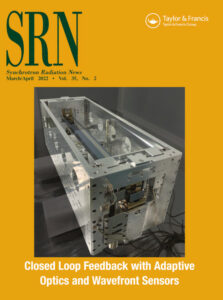Streamline supports ESRF with New User Access Modes preparation
In August 2020, the ESRF—the European Synchrotron, in Grenoble, France—launched its new Extremely Brilliant Source (EBS), a first-of-a-kind, fourth-generation synchrotron, delivering high-energy X-ray beams with unprecedented brightness and coherence, and providing researchers with new opportunities in imaging condensed and living matter down to the nanometric scale.
With support from the European Commission H2020-funded STREAMLINE grant, the ESRF is preparing the implementation of innovative new user access modes based on “community access,” grouping together researchers using similar analytical techniques or working on strategic scientific topics addressing significant societal challenges, such as energy and health. Instead of submitting individual proposals per project, the group submits a single combined proposal for a regular allocation of beam time over two or three years, with members sharing the experiment time granted in a flexible way.

Pilot projects for new access modes were launched in 2021, and include block allocation groups, or BAGs, with a science-driven BAG for structural studies of historical and cultural materials as well as a technique-driven BAG for the physics of materials under rapid and extreme loading. The third pilot project entails the creation of a research “hub,” of which a battery hub for research on electrical energy storage devices is the first example. The pilot projects are test beds for the development of models for the governance, criteria for selection, and tools for reporting on these new types of community access proposals.
The full article with the complete publication released for Streamline on Synchrotron Radiation News – Volume 35, can be checked here.